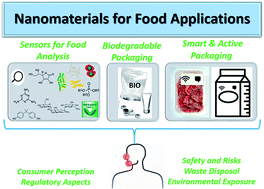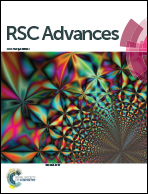Nanotechnology-based approaches for food sensing and packaging applications
Abstract
The rapid advancement of nanotechnology has provided opportunities for the development of new sensing and food packaging solutions, addressing long-standing challenges in the food sector to extend shelf-life, reduce waste, assess safety and improve the quality of food. Nanomaterials can be used to reinforce mechanical strength, enhance gas barrier properties, increase water repellence, and provide antimicrobial and scavenging activity to food packaging. They can be incorporated in chemical and biological sensors enabling the design of rapid and sensitive devices to assess freshness, and detect allergens, toxins or pathogenic contaminants. This review summarizes recent studies on the use of nanomaterials in the development of: (1) (bio)sensing technologies for detection of nutritional and non-nutritional components, antioxidants, adulterants and toxicants, (2) methods to improve the barrier and mechanical properties of food packaging, and (3) active functional packaging. The environmental, health and safety implications of nanomaterials in the food sector, along with an overview of regulation and consumer perception is also provided.

- This article is part of the themed collections: Food Packaging, Detection of contaminants in food, Sensors for health and happiness and 2020 Reviews in RSC Advances


 Please wait while we load your content...
Please wait while we load your content...